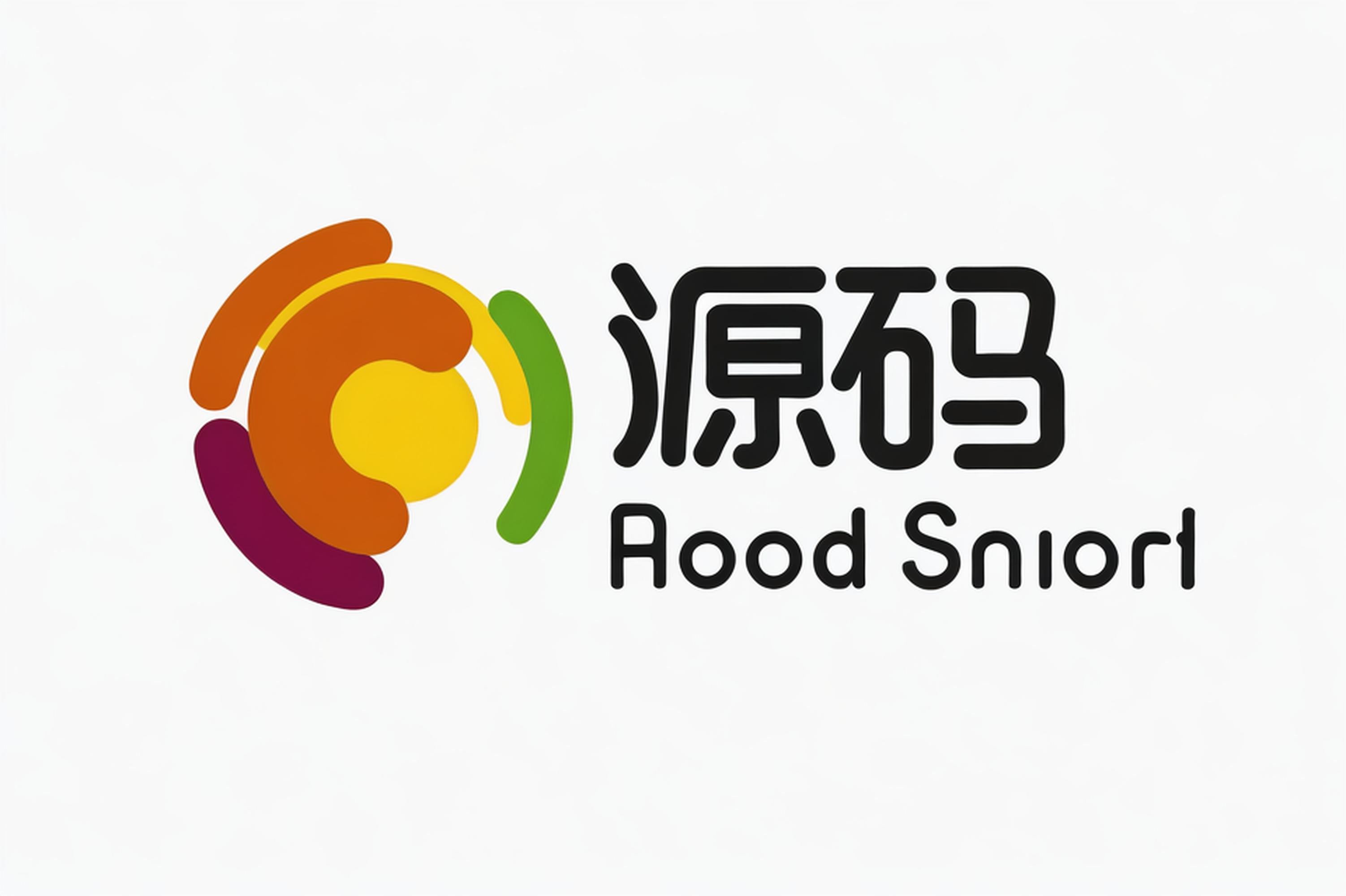HTML的<input>元素是Web开发中最常用的表单控件之一。然而,不同浏览器对其默认样式的处理有所不同,有时会导致UI的不一致。通过CSS,我们可以去除<input>元素的默认样式,从而实现高度自定义的输入框样式。本文将通过详细的例子,展示如何使用CSS去除<input>框的默认样式,并应用自定义样式。
一、基础示例
1. 输入框的默认样式
首先,我们来看一个带有默认样式的输入框。
<!DOCTYPE html><html lang="en"><head>
<meta charset="UTF-8">
<meta name="viewport" content="width=device-width, initial-scale=1.0">
<title>Default Input Style</title>
<style>
input { width: 200px; height: 30px; margin: 20px; padding: 0 10px;
} </style></head><body>
<input type="text" placeholder="Default style"></body></html>以上代码定义了一个普通的文本输入框,并设置了一些基本的宽度、高度、边距和内边距。
2. 去除默认样式
接下来,我们通过CSS来去除输入框的默认样式。
<!DOCTYPE html><html lang="en">
<head>
<meta charset="UTF-8">
<meta name="viewport" content="width=device-width, initial-scale=1.0">
<title>Remove Default Input Style</title>
<style>
input {
width: 200px;
height: 30px;
margin: 20px;
padding: 0 10px;
border: none; /* 去除边框 */
outline: none; /* 去除聚焦时的外边框 */
background: none; /* 去除背景 */
box-shadow: none; /* 去除阴影 */
-webkit-appearance: none; /* 去除webkit浏览器的默认样式 */
-moz-appearance: none; /* 去除mozilla浏览器的默认样式 */
appearance: none; /* 去除所有浏览器的默认样式 */
} </style></head><body>
<input type="text" placeholder="Custom style">
</body></html>此段代码通过多种CSS属性移除了<input>元素的默认样式,包括边框、背景、阴影和样式外观。
二、自定义样式
1. 自定义边框与背景
现在让我们为输入框添加一些自定义样式,以实现你想要的外观。
<!DOCTYPE html><html lang="en"><head>
<meta charset="UTF-8">
<meta name="viewport" content="width=device-width, initial-scale=1.0">
<title>Custom Input Style</title>
<style>
input { width: 200px;
height: 40px;
margin: 20px; padding: 0 10px; border: 2px solid #333; /* 自定义边框 */
border-radius: 5px; /* 设置圆角 */
background-color: #f5f5f5; /* 自定义背景 */
font-size: 16px; /* 设置字体大小 */
color: #333; /* 设置字体颜色 */
box-sizing: border-box; /* 包含内边距和边框宽度 */
}
input:focus { border-color: #007BFF; /* 聚焦时更改边框颜色 */
background-color: #e1f5fe; /* 聚焦时更改背景颜色 */
} </style></head><body>
<input type="text" placeholder="Custom style"></body></html>以上代码为输入框设置了一些自定义样式,包括边框、背景颜色、圆角、字体大小和颜色。同时,当输入框获取焦点时(focus状态),边框和背景颜色也会发生变化。
三、不同类型的输入框
1. 去除不同类型输入框的默认样式
不同类型的输入框(如type="text"、type="number"、type="date"等)默认样式可能有所不同。以下示例展示了去除不同类型输入框的默认样式:
<!DOCTYPE html><html lang="en"><head>
<meta charset="UTF-8">
<meta name="viewport" content="width=device-width, initial-scale=1.0">
<title>Different Input Types</title>
<style>
input { width: 200px;
height: 40px;
margin: 20px; padding: 0 10px; border: none;
outline: none;
background: none;
box-shadow: none;
-webkit-appearance: none; -moz-appearance: none;
appearance: none;
border: 1px solid #ccc; border-radius: 4px; font-size: 16px;
} </style></head><body>
<input type="text" placeholder="Text Input">
<input type="number" placeholder="Number Input">
<input type="date" placeholder="Date Input">
<input type="email" placeholder="Email Input"></body></html>通过这种方式,我们可以统一去除不同类型输入框的默认样式,并应用自定义样式。
四、响应式设计
1. 基本响应式样式
为确保输入框在不同设备上的样式一致,我们可以添加一些响应式样式。
<!DOCTYPE html><html lang="en"><head>
<meta charset="UTF-8">
<meta name="viewport" content="width=device-width, initial-scale=1.0">
<title>Responsive Input</title>
<style>
input { width: 100%;
max-width: 500px;
height: 40px;
margin: 20px auto; padding: 0 10px; border: 1px solid #ccc;
border-radius: 4px;
font-size: 16px;
box-sizing: border-box;
}
@media (max-width: 600px) { input { font-size: 14px;
}
}
@media (min-width: 601px) { input { font-size: 18px;
}
} </style></head><body>
<input type="text" placeholder="Responsive Input"></body></html>以上代码通过媒体查询(@media)确保输入框在不同屏幕尺寸上的字体大小合适,并使用max-width和width: 100%属性实现响应式布局。
总结
通过本文的详细介绍,你应该已经掌握了如何使用CSS去除<input>元素的默认样式,并应用自定义样式来实现一致的视觉效果。无论是简单的表单输入框还是复杂的响应式设计,都可以通过合理的CSS配置来达到预期的效果。希望这篇文章对你有帮助,祝你在前端开发的道路上不断进步!
来源:
互联网
本文观点不代表源码解析立场,不承担法律责任,文章及观点也不构成任何投资意见。

评论列表